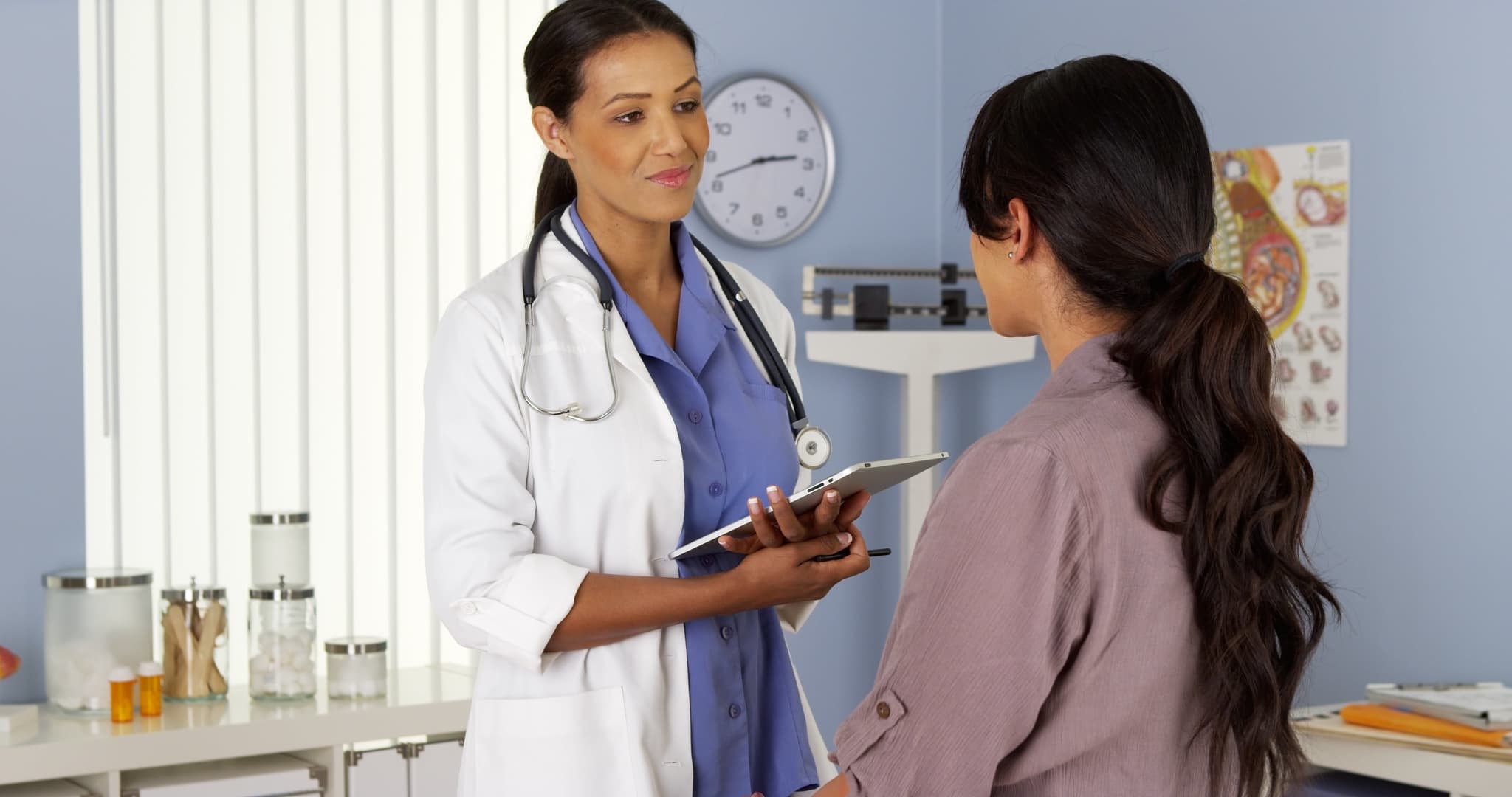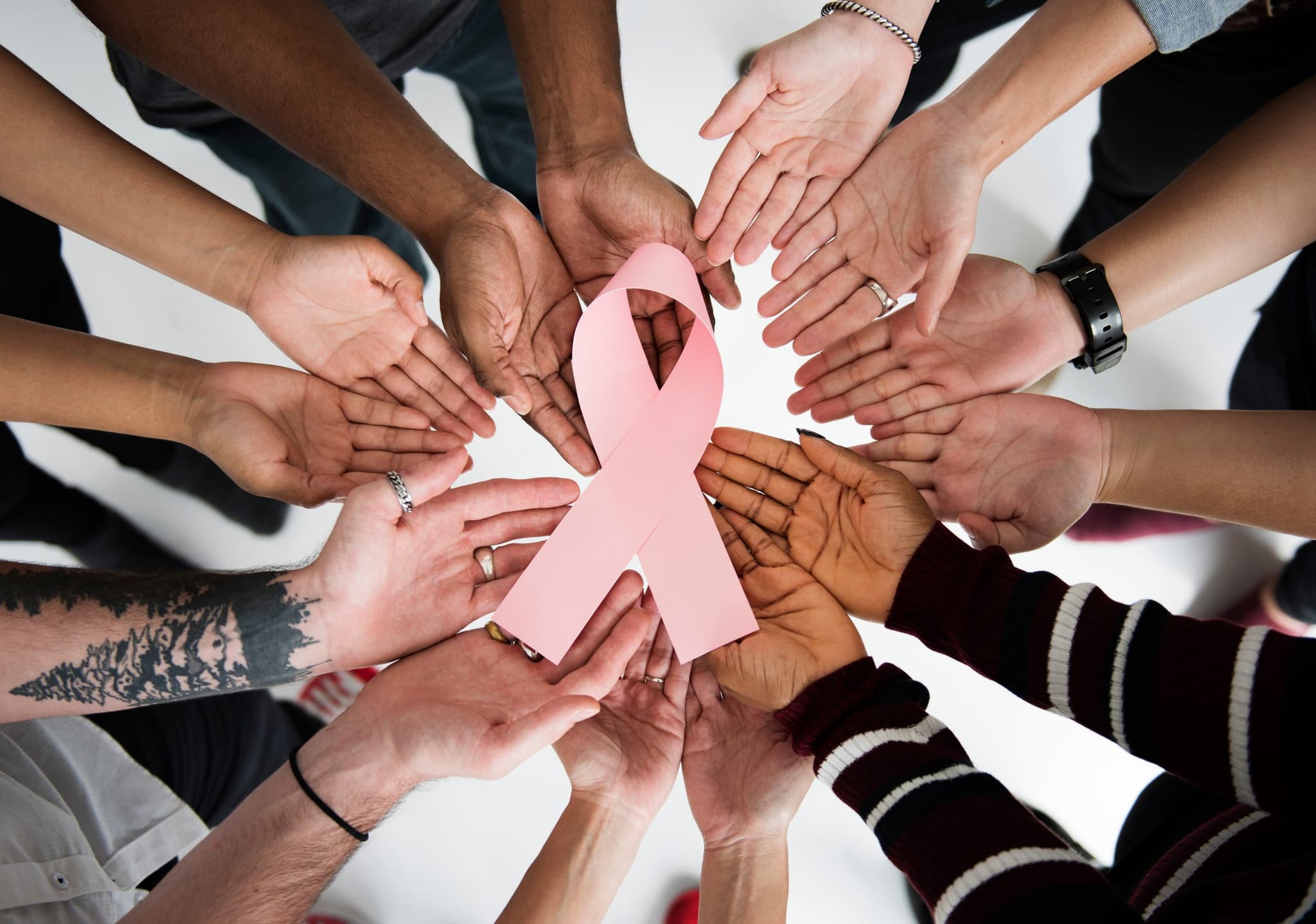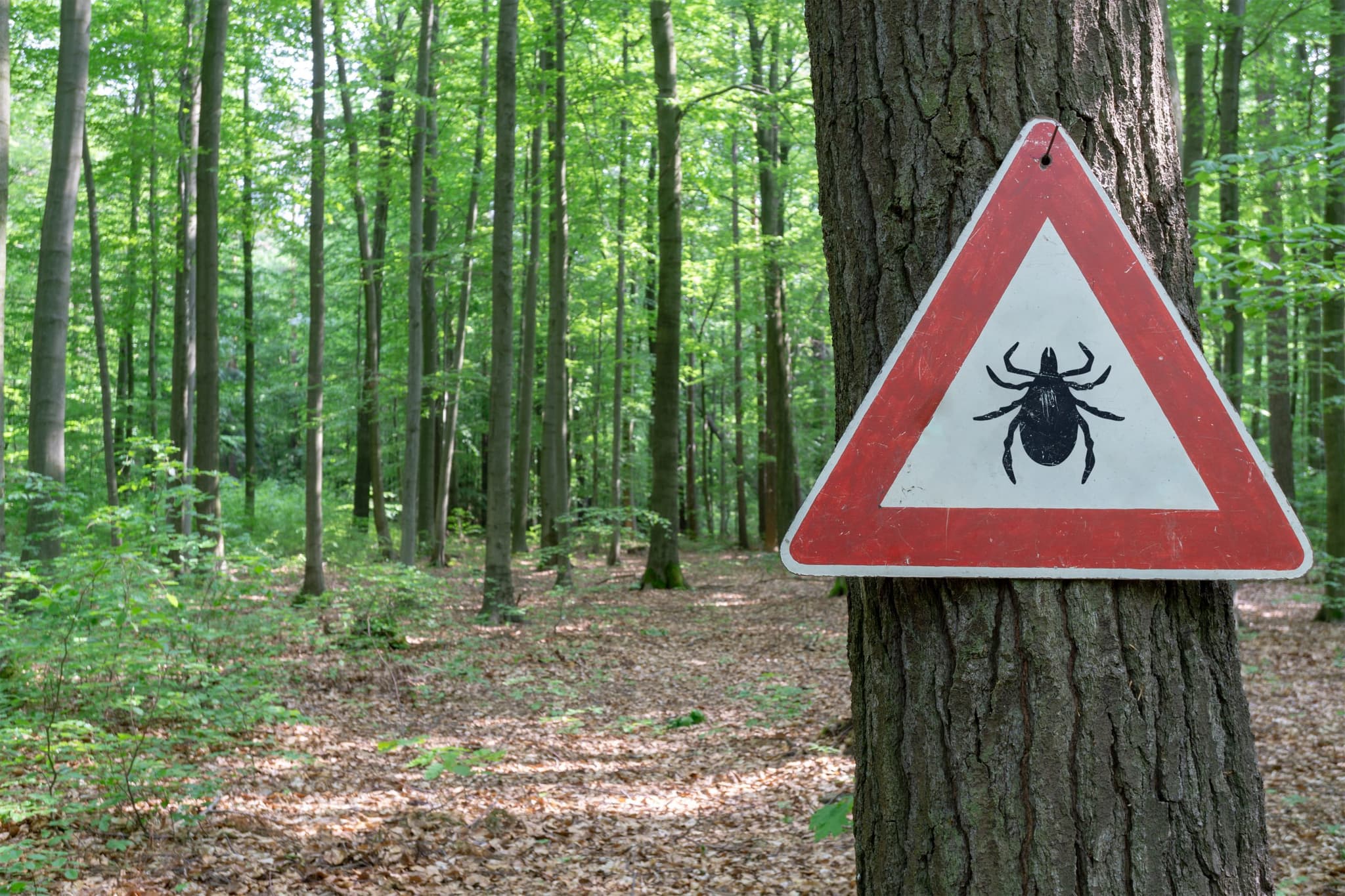
2025-11-21T14:10:25
How to Prevent Gestational Diabetes
- Family Medicine
- Internal Medicine
- OB/GYN
July 25, 2018 | Family Medicine
Specialties:Family Medicine

Vulvodynia is a painful gynecologic condition that involves pain within one or more areas of the vulvar region. Though some women find it difficult to talk about, it is fairly common. Vulvodynia may be generalized or localized. In generalized vulvodynia, the pain is diffused throughout the vulvar region, occurs spontaneously and is present almost all the time. Localized vulvodynia occurs at a specific point in the vulva, such as the clitoris or the entry to the vagina (also called the “vestibule”). If localized vulvodynia is not constantly present, certain activities can provoke it. Women who suffer from vulvodynia describe different sensations; some experience itching or burning, while others have stinging, soreness or rawness.
Medical science has not yet determined the cause of vulvodynia, although doctors believe that several factors may contribute to it:
In cases where vulvodynia is not constantly present, certain activities can provoke it. Sexual intercourse is a common provocation, as women with vulvodynia frequently report dyspareunia (pain during sex). Women with vulvodynia also report that they have pain during other activities that put pressure on the vulvar region, which include wearing tight-fitting pants or undergarments, prolonged sitting, tampon insertion or gynecologic examination. Skin irritation in the region can exacerbate vulvodynia. While the appearance of the vulva typically remains outwardly normal, it may have also have an inflamed appearance.
While your family medicine provider may be able to treat vulvodynia, it might be necessary to refer you to a gynecologist. Diagnosis of vulvodynia involves ruling out other conditions, such as a yeast infection. Your doctor will most likely start off by asking you questions about your symptoms, particularly with regard to severity and duration. Your doctor will also probably ask what provokes or worsens the pain, as well as what makes it feel better. Then you will probably have a pelvic exam, in which your doctor will visually inspect the vulva, collect vaginal samples and palpate (or feel) the vulva with his or her hands.
Due to the unknown cause of vulvodynia, treatment usually focuses on lessening (or alleviating) the symptoms. Treatment options often involve lifestyle changes, which can include activity modification, cold compresses, sitz baths and the use of lubricants prior to sexual activity. Your doctor can also prescribe medications such as antidepressants, steroids or anticonvulsants. Muscle tension in your pelvic region can be a contributing factor, so your doctor may recommend an exercise routine (such as yoga) or physical therapy to release that tension. Local anesthetics, such as lidocaine ointment, are effective in some cases as well. If these more conservative measures do not help with your pain, your doctor might perform a procedure such as a nerve block injection to the affected area. The last resort is often surgery.
Support is available in the form of therapy groups. Individual or couples therapy may also be helpful, especially if the condition creates strain in your relationship with your significant other. Your doctor will be able to refer you to an appropriate therapist or counselor.
WRITTEN BY:
The Live Better Team

2025-11-21T14:10:25

2025-11-03T11:32:24

2025-10-21T11:51:52

2025-08-20T16:07:59
This information is not intended to replace the advice of a medical professional. You should always consult your doctor before making decisions about your health.